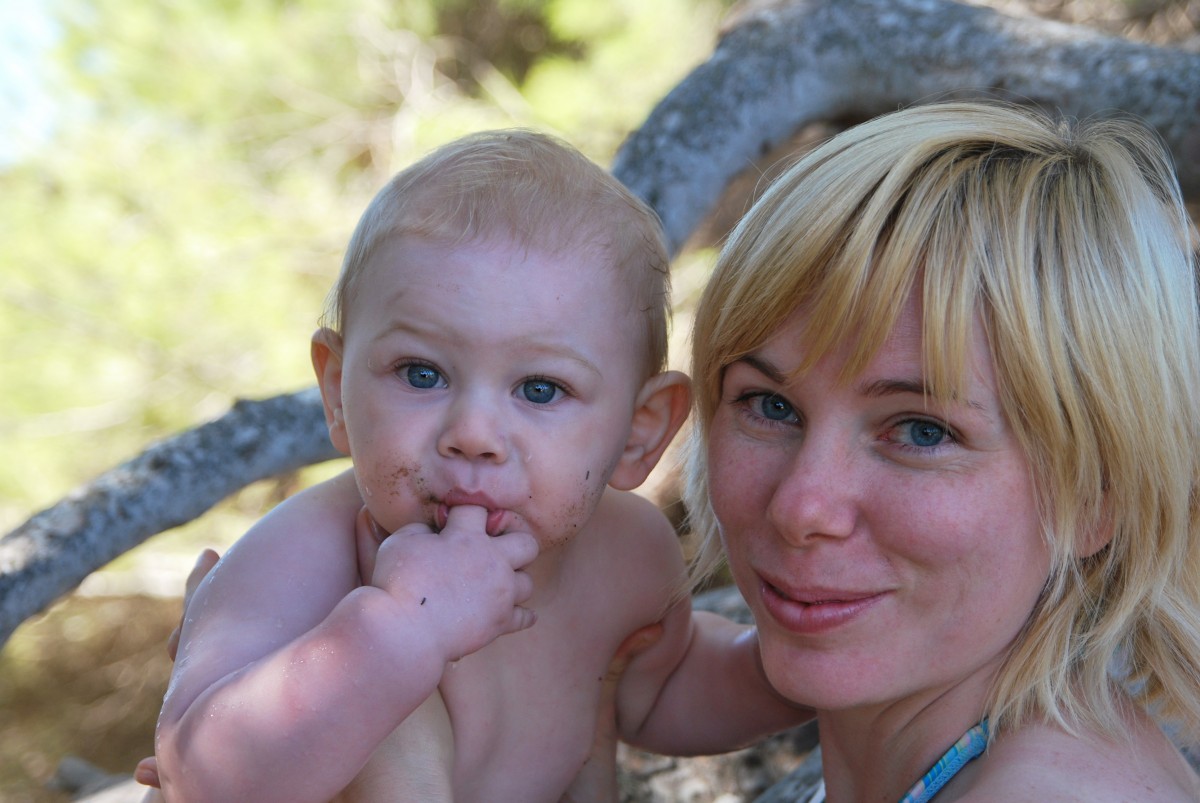Autism Spectrum Disorder, or ASD, is a condition with varying degrees of severity. On the milder side of ASD, there may be no special medical treatment required at all, and a child diagnosed with it could grow up regarded by others simply as “quirky” or “eccentric” in terms of mannerisms and personality. On the severe side of ASD, a child may be hostile, unable to maintain eye contact, and with severe social impairment and an ability to even hold a conversation with other people, let alone interact with them in a normal way.
Because ASD is a condition and not a disease, there is no cure for it, the same as diabetes, or a heart condition. The many different symptoms of ASD can only be managed, and that is done through a variety of different techniques. Sometimes the best way to handle ASD is through behavioral therapy, where focused training allows a child to overcome certain behavioral challenges. Other times, medication, such as anti-psychotics, may need to be administered.
One recent innovation in medical science has been the use of stem cell therapy to help treat ASD symptoms. But it’s not something that families can go to just any hospital for. Depending on the country you live in, such as the United States, you may not be able to get stem cell therapy for ASD at all. But why? What is stem cell therapy, and why is it not more widespread?
Regenerative Healing
Under ordinary circumstances, very few cells in the human body are capable of reproducing in great numbers. The most obvious ones that do are for parts of the body that continue to grow throughout our lives, like skin, hair, and blood. If we lose any of these or suffer major cellular damage, they will grow back as new cells replace the lost ones.
However, for major organs, such as the heart, lungs, or brains, significant damage to these organs doesn’t mean new cells grow back. We can’t replace a lost lung, or kidney, for example, in the same way getting a cut will eventually heal on the skin. So if we sustain brain damage, new brain cells don’t grow to replace the lost ones.
Stem cell therapy, however, can change that. Stem cell as known as “master cells,” because these cells—which are present during the growth of a baby in a mother’s womb—are what allow a single fertilized egg cell to develop into a human. Stem cells can multiply at a rapid rate but, more importantly, can become any cell that is required, whether it is a blood cell or a lung cell. This is why stem cell therapy is already widely used as a viable treatment for some forms of cancer, such as leukemia.
The Treatment Debate
One of the great ironies of stem cell therapy for autism is that while the United States is one of the leading nations in medical technology, and it offers stem cell therapy, it does not offer it for ASD. Stem cell therapy in the United States is currently only approved by the Food & Drug Administration for leukemia treatment. While that does not make stem cell therapy for other conditions a criminal act, it does mean that doctors in the USA have no legal or financial protection or permission should they decide to administer stem cell therapy for other conditions.
However, stem cell therapy research for many different conditions, including ASD, are being conducted at American universities, as they are in other research facilities throughout the world. This means that some point stem cell therapy for other conditions may be formally recognized by the FDA. However, for the moment, this means any stem cell therapy that occurs in the United States beyond leukemia treatment is not FDA approved, and there is a nebulous state of legality. There are, however, other countries where stem cell therapy is offered for a variety of other conditions, including autism, where it is legalized.
Panama
For people that are looking at a Central America destination, Panama is one of the countries that have stem cell therapy clinics for people looking for treatment. Due to its proximity to the USA, it’s been a common choice for Americans looking for alternative ASD treatments.
Mexico
Even closer to home for a lot of Americans, Mexico is technically located in North America. While the medical standards in Mexico are not always comparable to those of the United States, equivalent facilities do exist here, and proximity, as well as currency differences, make it attractive to some.
Georgia
In Europe, many countries that have legalized medical procedures with technology and safety regulations equivalent to the USA. Georgia is one of the countries where stem cell therapy for ASD is offered, with several different options, including using cord blood or harvesting stem cells from bone marrow if no cord blood is available.
It’s always important to research your options and ask questions. Stem cell therapy is one alternative to treat ASD, but it is not the only one, and is not appropriate for everyone.


